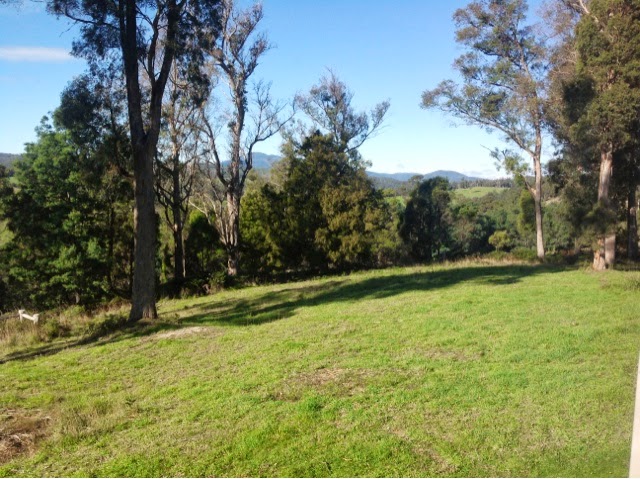Flowering in my garden right now is the wonderful Westringia 'Wynyabbie Gem'. I get such joy from this native rosemary, I can't tell you...but I'll try!
I'm besotted by its lovely grey-green foliage, in fact anything of this hue in the garden is a winner for me...providing a lovely contrast when combined with true greens. But it's the soft appearance of its foliage that grabs me too!
The Westringia's appeared in this column before, but with new varieties in the genus being released, I thought it was worth revisiting.
I've planted this beauty in just about every one of my own gardens, as well as plenty I've designed...and each garden has been very different. From the tiny garden of a Victorian terrace in inner city Melbourne, to a garden softening a 'tin shed' house in the Central Highlands of Victoria, and with a move to Pipers River, Tasmania, it now lines the driveway of my studio pod in this cooler climate. I plan to use it in a couple of coastal gardens I'm currently designing on the north coast of Tassie too. Such versatility!
Of the Lamiaceae family, it's an endemic genus of about 25 species with prominently lipped blooms from bluish mauve, blue to white. Propagation is fairly easy from cuttings.
Westringia fruticosa is one of the old favourites, and a parent of 'Wynyabbie Gem', the other being W. eremicila. It grows to about 1.5 metres, bearing gorgeous little mauve flowers throughout the year. If clipped regularly (once a year), a smaller, lovely tight habit can be maintained.
More compact cultivars include Smokie, Jervis Gem, Blue Gem (pictured below), Mundi, Aussie Box and Grey Box.
The species W. longifolia is also lovely, extremely hardy and bears white, sometimes blue flowers in spring. Occurring in NSW, but worth a try here I think.
W. glabra, from NSW and Victoria, is about 1 metre high and across, with green foliage and wonderful bluish-mauve flowers.
Endemic to Tasmania and rather widespread, is W. rubiaefolia, the Sticky Westringia. It reaches 1.5 metres, has deep green leaves and white or pale pink, spotted flowers.
W. rigida, the Stiff Westringia, is naturally found in this state's foredunes and rocky outcrops on the east coast. It grows to 3m and produces mauve-white flowers for a long period, it's main flush from August to December.
A sunny aspect and well-drained soil is required, most are drought hardy and frost tolerant...so what are you waiting for?









